Man in Biosphere: A Case Study of Khangchendzonga Biosphere Reserve
The experiences of the past few decades have shown that industrialisation and economic development have impacted, strained and in many cases altered ecosystems. An assessment of biological diversity at the global level reveals that increasing human interventions in the ecosystems have accelerated the process of biodiversity loss and Asia is the most threatened continent. Conservation and sustainable use of biodiversity, hence, are fundamental to sustainable development. These considerations led to the origin of the concept of Biosphere Reserve which is designated to deal with important questions of reconciling the conservation of biodiversity quest for economic and social development and maintenance of associated cultural values.
In India the efforts for management of biosphere reserves have largely been centered around protection of natural resources within biosphere reserves from the outside impacts. The concept of sustainable use of resources yet has not been taken up due to lack of location specific understanding of the process of resource management which, in turn is linked with the traditional value system of local communities.
The present treatise on Khangchendzonga Biosphere Reserve aims at understanding elucidating and analysing the cultural diversity existing in the biosphere reserve in terms of societal perception of resources, livelihood pattern of people, and man, nature and spirit relationship against the backdrop of development and conservation.
Get it now and save 10%
BECOME A MEMBER
-
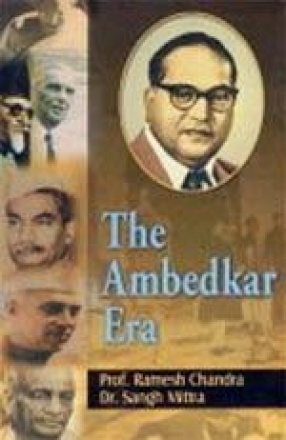
The Ambedkar Era
-
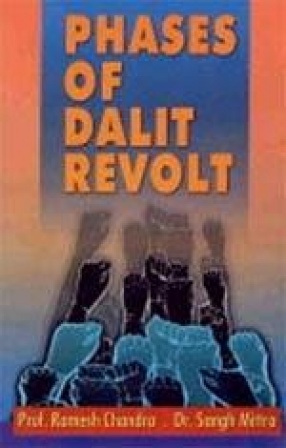
Phases of Dalit Revolt
-
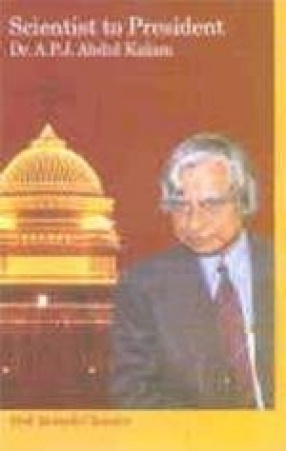
Scientist to President: Dr. A.P.J. Abdul Kalam
-
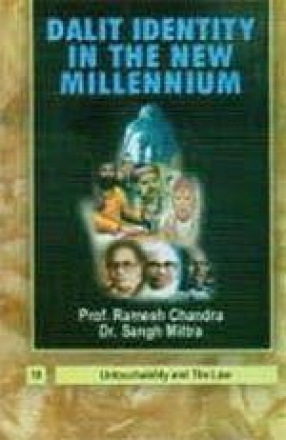
Dalit Identity in the New Millennium (In 10 Volumes)
-
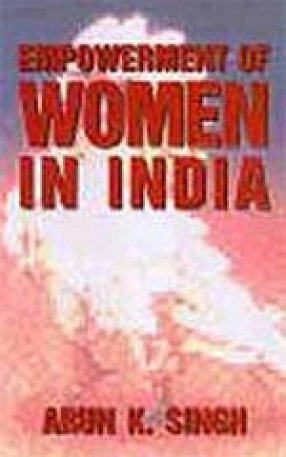
Empowerment of Women in India
-

Urbanisation and Administration of Urban Infrastructure
-

Urbanization and Administration of Urban Infrastructure
-
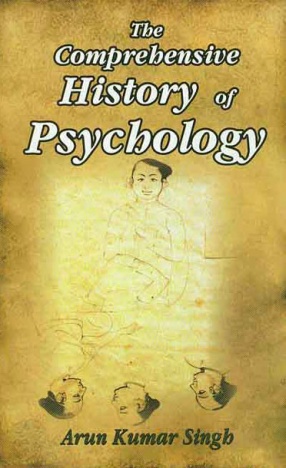
The Comprehensive History of Psychology

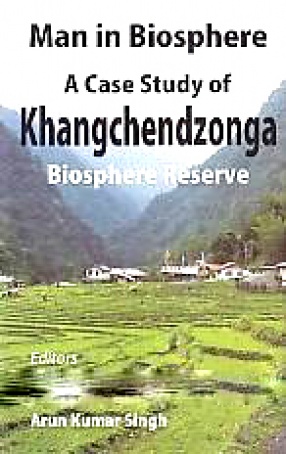





Bibliographic information
D.B. Mondal
Arun Kumar Singh